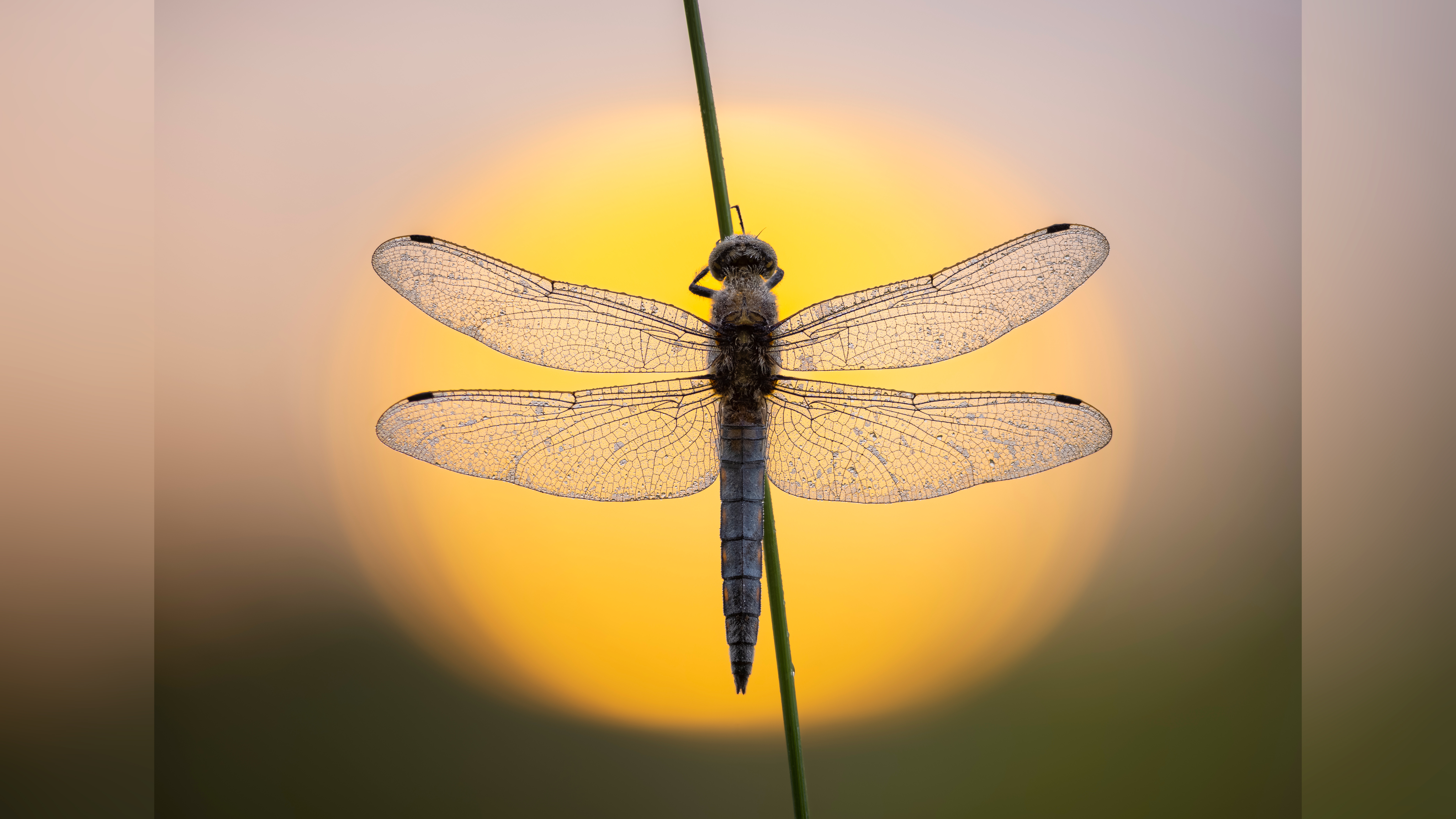
The International Garden Photographer of the Year (IGPOTY) is now in its 18th year, and continues to produce some of the most stunning nature imagery of any competition.
This year, the winner of the IGPOTY Macro Art Photo Project competition and £250 ($315) prize money is Henrik Spranz from Austria, with his photograph entitled ‘Pale Rider’.
Spranz captured the image of a pale clouded yellow butterfly in September using: a Canon EOS 5D Mark IV and Sigma APO Macro 180mm f/2.8 EX DG OS HSM lens, with and exposure of 1/800sec at f/3.2, ISO 400.
He used tonal correction post-capture, as well as denois, contrast, dodge, burn tools and basic image management in PhotoShop, and “to get that rainbow stripe to appear in the lower right part of the photo, I used a piece of glass in front of my lens,” Spranz revealed.
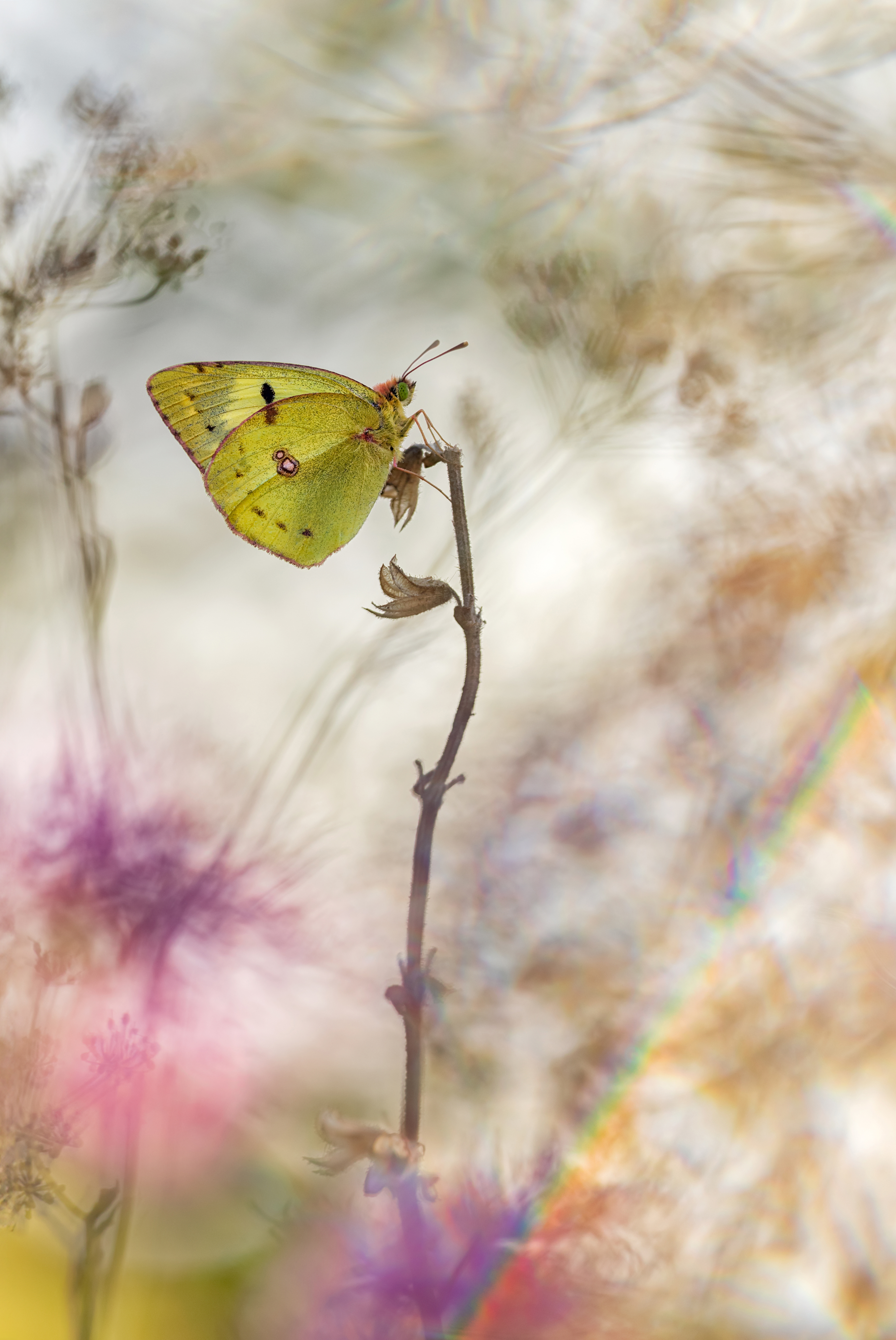
Tyrone McGlinchey FLS FRSA, IGPOTY Head Judge said:
"Henrik is a 'master of the macro' and with this shot has shown artistry via selection of lens, subject, and background – with the rainbow effect delivered tastefully."
All the winners, finalists and highly commended images will be exhibited at Kew Gardens in London, England, and will then tour the rest of the country, continent and world.
Check out the other winners, and a selection of the other high skilled entries.
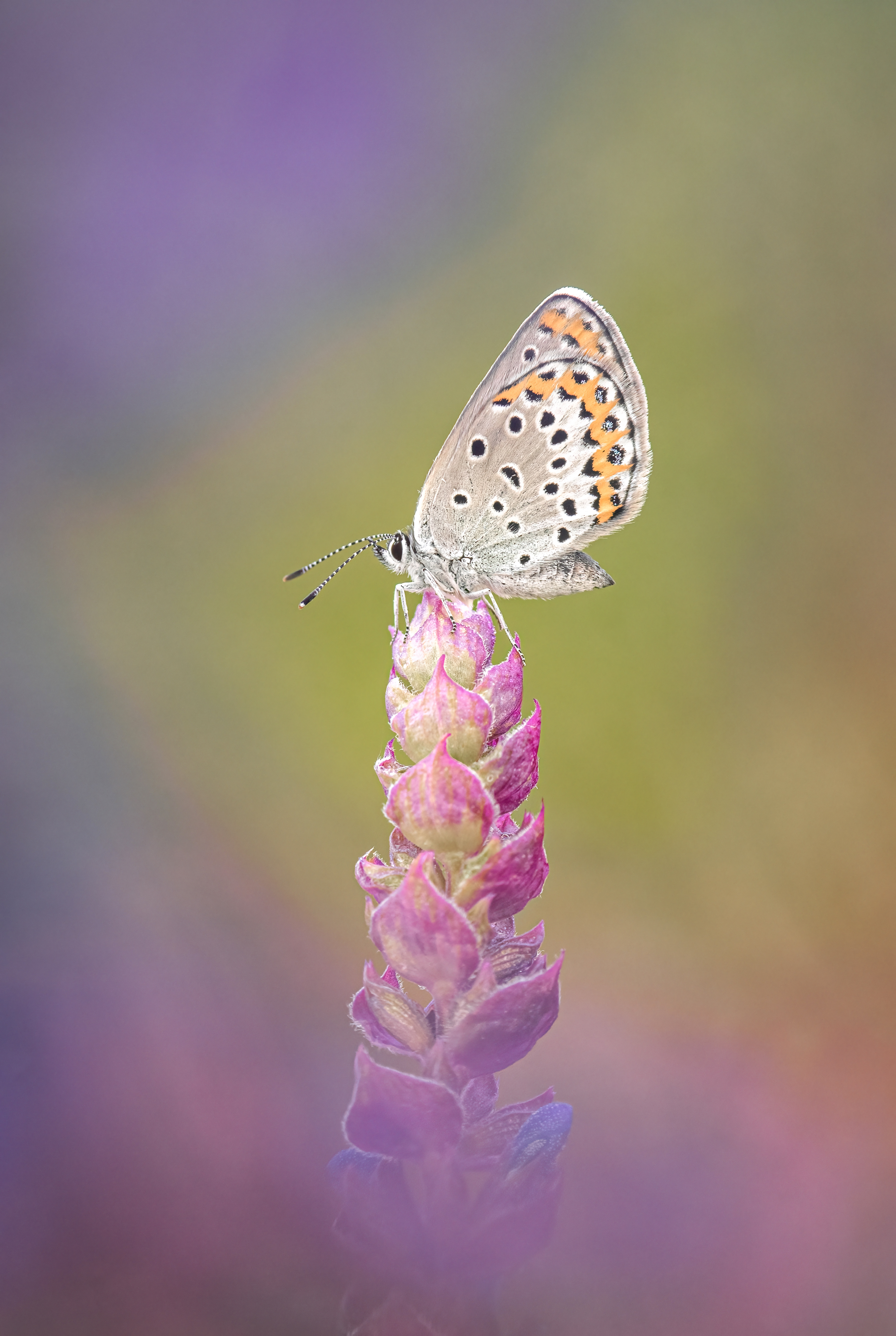
Tony North won second place with his image Silver-Studded Blue, taken in Gotse Delchev, Bulgaria.
"A silver-studded blue butterfly (Plebejus argus) on a meadow clary flower spike. This shot was captured handheld, in a meadow in southern Bulgaria. I positioned myself to get some foreground blur on the left from some other flowers of the same species."
Equipment used: Nikon D500, Nikon Nikkor 105mm f/2.8 macro lens + Nikon 1.4x teleconverter. Exposure: 1/50sec at f/11, ISO 640. Post-capture: use of crop and denoise tools, basic image management.
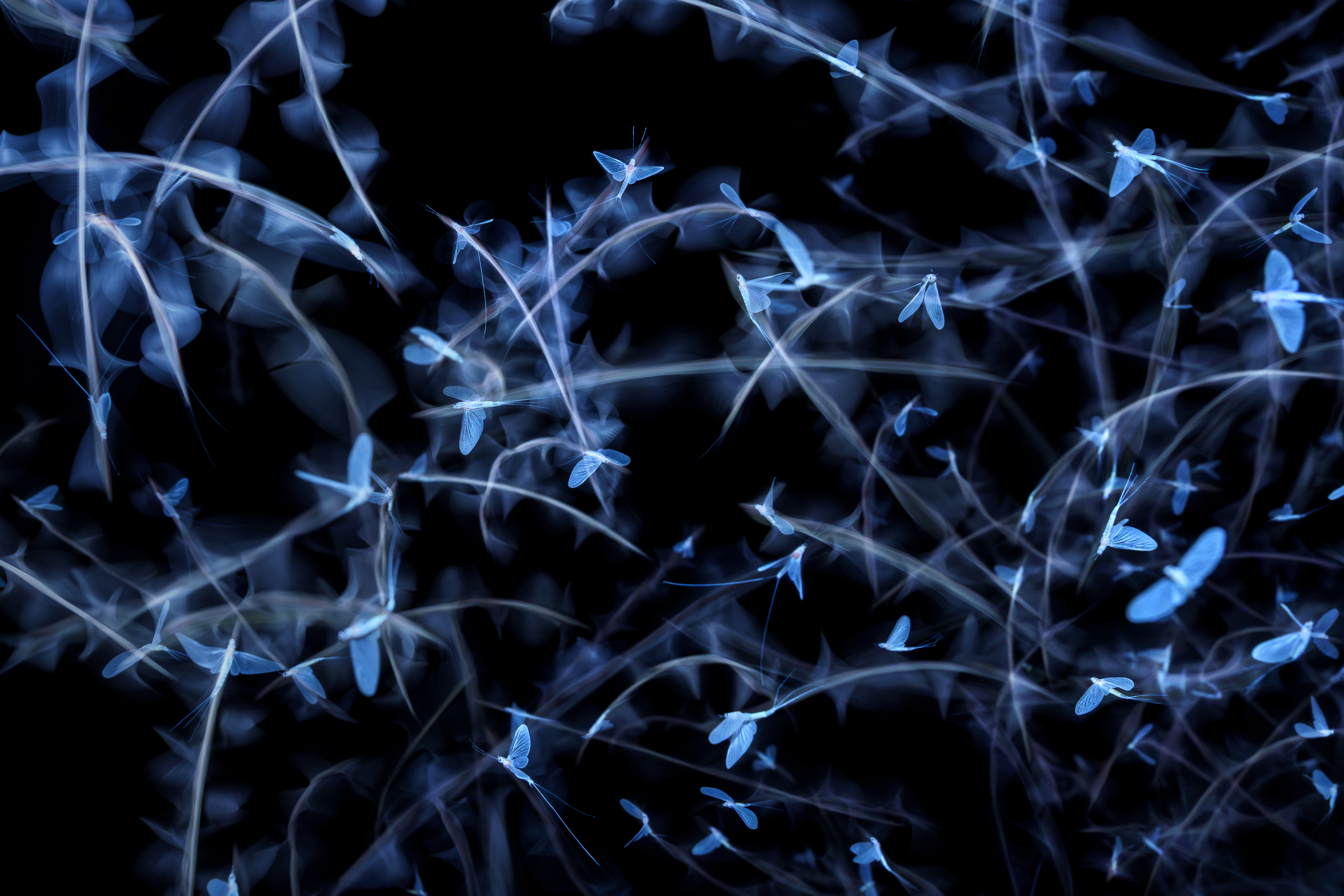
Third place was won by Zsolt Varanka with The Flowers of the Night, taken in Tahitótfalu, Pest County, Hungary.
"These night-swarming mayfly (Ephoron virgo) were attracted to the area by light; I used two wireless flashes (with rear curtain sync) positioned sideways, (opposite each other) to freeze their flight, whilst two small video LED lights were placed by the tripod-mounted camera to evenly light the insects’ path. I regularly switched off the lights to allow them to continue."
Equipment used: Sony α7 Mark III, Tamron 28-200mm f/2.8-5.6 Di III RXD lens, Tripod, 2 wireless flashes, 2 LED lights.. Exposure: 1/10sec at f/14, ISO 1250. Post-capture: use of crop, noise reduction, and dodge and burn tools, basic image management.
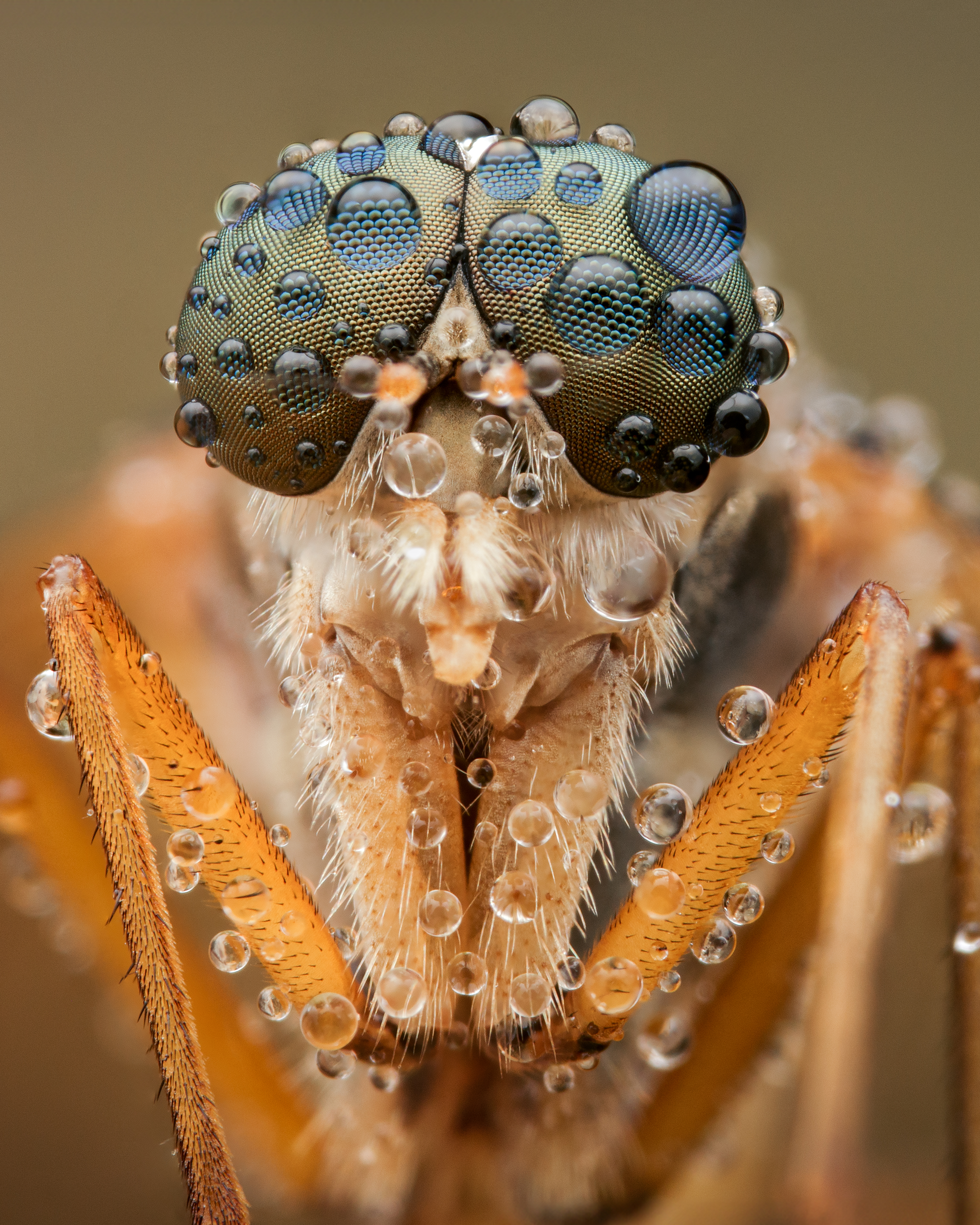
A finalist, Richard Kubica took Reflections in Myjava, Trenčín, Slovakia.
"A handheld focus stacked photo of a fly, comprised of twenty photographs – for better depth of field. I took this in the early morning, whilst everything was covered in dew, and the insect was very calm."
Equipment used: Canon EOS 7D Mark II, Laowa 100mm f/2.8 2x Ultra-Macro lens. Godox flash with homemade diffusor.Exposure: 1/60sec at f/9, ISO 200. Post-capture: focus stacked 20 images together, use of crop and contrast tools, basic image management.
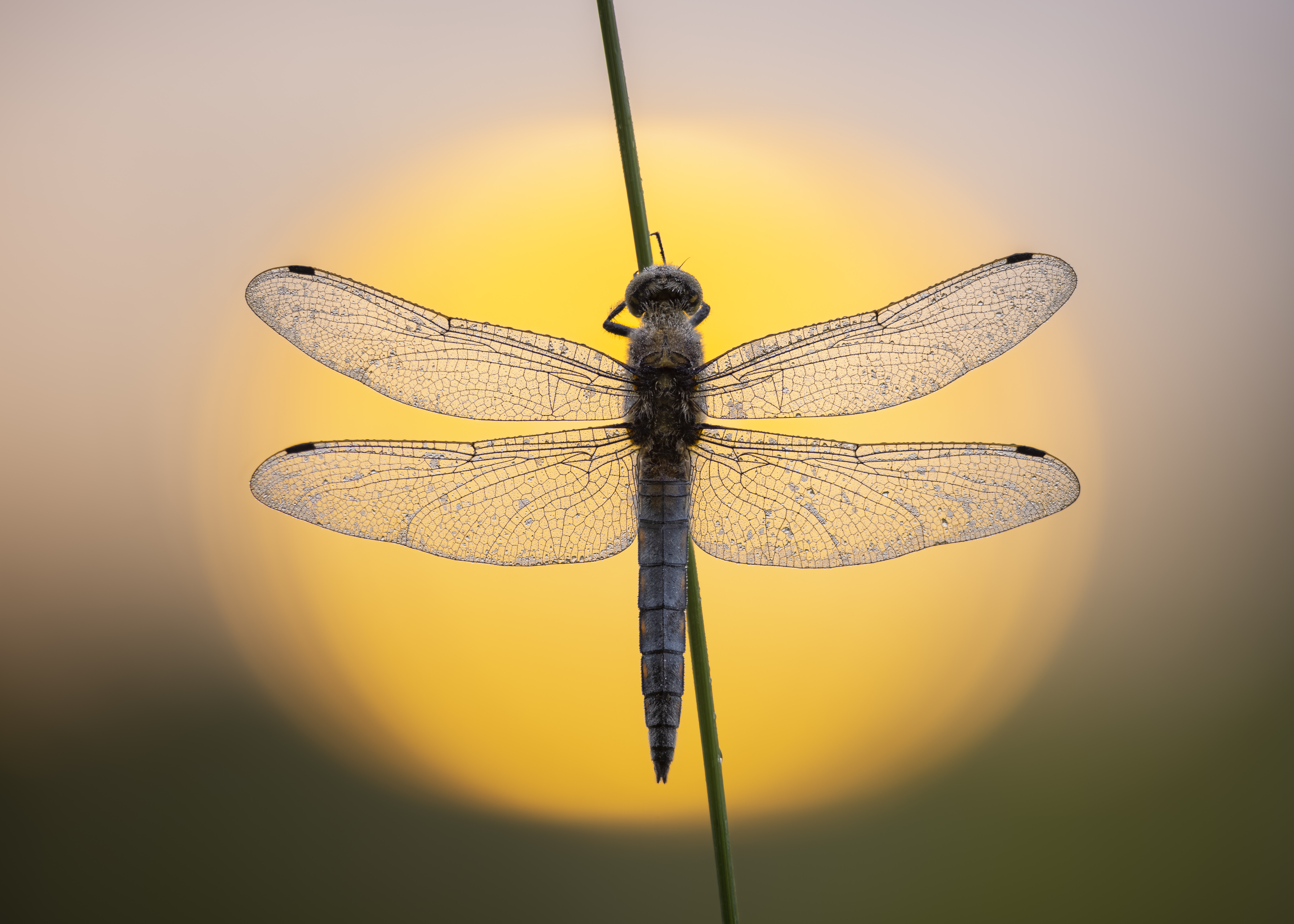
Dragonfly Dawn was taken by Jay Birmingham, a finalist, at RSPB Middleton Lakes, England, United Kingdom.
"A skimmer dragonfly, photographed against the rising sun, in the RSPB Middleton Lakes nature reserve – which is self-described as ‘a mosaic of wetlands, meadows and woodland in the heart of the River Tame Valley’."
Equipment used: Canon ROS R5, Sigma 180mm f/2.8 EX APO DG Macro OS HSM lens. Exposure: 1/200sec at f/2.8, ISO 320. Tripod. Post-capture: use of white balance, contrast and saturation tools, basic image management.
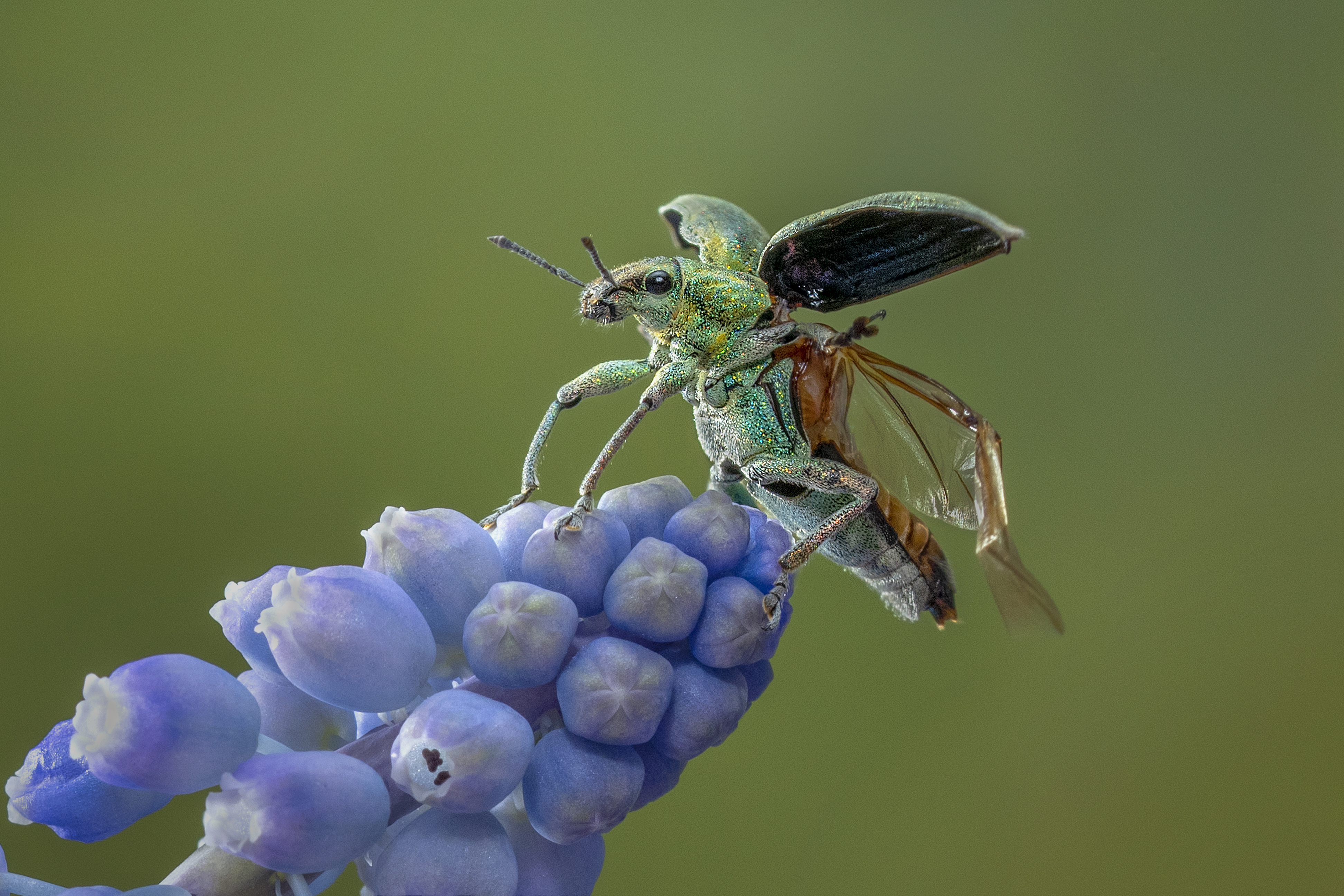
Diana Chan captured this image, Going to Fly, in Hong Kong, China.
"The moment of take-off for this tiny weevil is captured. Through the use of a macro lens, the details are revealed of the structure of this beetle’s shiny, glitter-like body, particularly the wings which are seldom opened."
Equipment used: Nikon D850, Tamron SP 90mm f/2.8 Di Macro VC USD lens, and tripod. Exposure: 1/200sec at f/14, ISO 200. Post-capture: use of crop tool, basic image management.
Check out our guide to the best cameras for macro photography, and the best lenses for macro photography.
We've also got a guide to the best cameras for wildlife photography.







